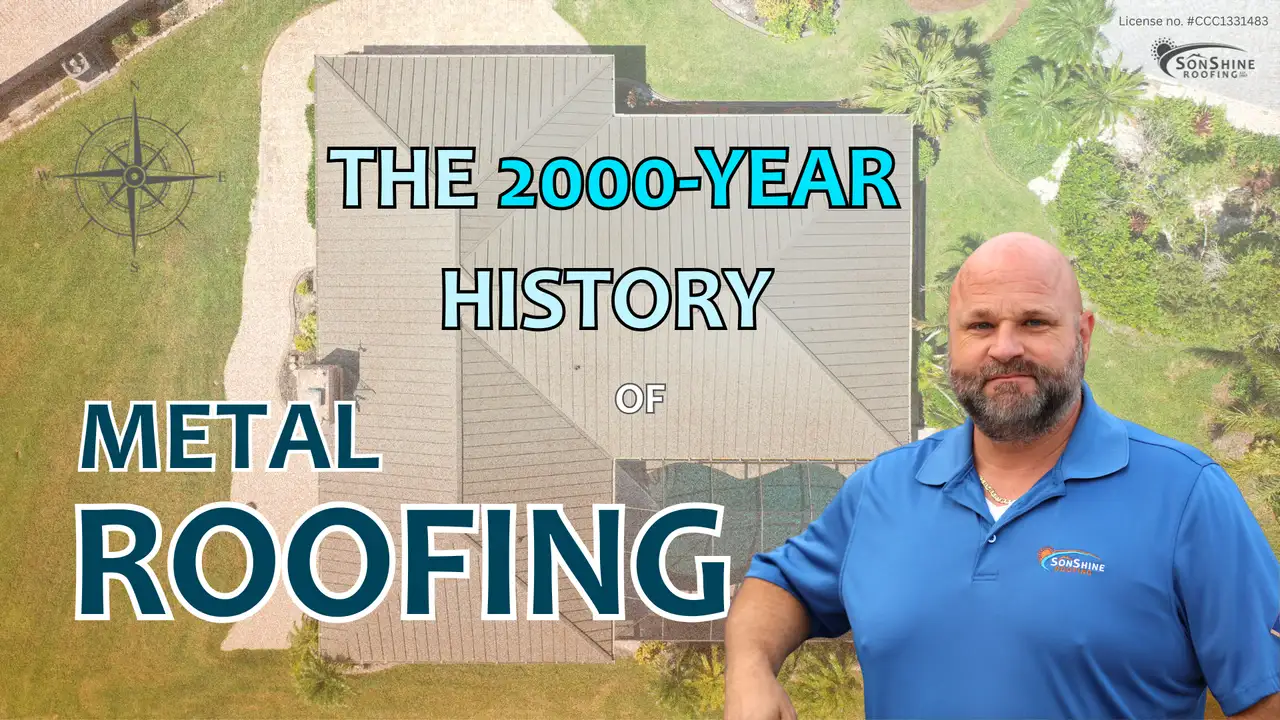Living in Sarasota, Florida means living with the reality of hurricane season. When strong winds and torrential rain threaten your home, your roof is your first and most critical line of defense. At SonShine Roofing, we specialize in hurricane roof preparation to help protect your home and your peace of mind.
Many homeowners wonder, “Is my roof ready for hurricane season?” If you are unsure, now is the time to act. Strengthening your roof today can prevent costly storm damage later.
Here are 7 essential steps to hurricane-proof your roof before the next big storm hits:
1. Schedule a Professional Roof Inspection
Before the storms roll in, have your roof professionally inspected by a trusted Sarasota roofing company like SonShine Roofing. We’ll check for missing shingles, worn flashing, weak roof decking, and any areas that could be compromised during high winds. Ignoring small issues can lead to major water intrusion or even full roof failure during a hurricane. Early detection saves time, money, and stress.
2. Reinforce Shingles and Tiles
Loose, curled, or missing shingles are an open invitation for hurricane winds. We recommend re-securing or replacing any compromised shingles and tiles to prevent uplift and cascading roof damage. Considering an upgrade? High wind-resistant shingles, metal, and tile roofing offer added protection against flying debris and extreme conditions.
3. Install Hurricane Straps or Clips
Hurricane straps are metal connectors that anchor your roof more securely to the home’s walls. Florida building codes now require them in new construction, but older homes often lack this critical reinforcement.
Retrofitting your home with hurricane straps can make a huge difference in roof stability—a service that SonShine Roofing can expertly handle during roof replacement. If you’re not ready to replace the roof, we recommend Maximum Solutions for reinforcement without roof removal.
4. Secure or Replace Roof Vents
Roof vents, turbines, and exhaust fans are weak points that can easily be torn off. Our team ensures all roof penetrations are sealed and properly fastened to help prevent leaks or damage during storms.
5. Clear and Strengthen Gutters
Clear gutters and downspouts ensure water drains properly instead of backing up onto your roof. During hurricane season, every inch of drainage matters. For professional gutter cleaning, we recommend Hoover Pressure.
We also suggest installing gutter guards to minimize maintenance and block debris. Our partners at All About Aluminum & Screen offer a great solution for this.
6. Trim Trees and Overhanging Branches
Flying branches are among the most common causes of storm-related roof damage. Regularly trim large trees, especially those overhanging your roofline. For professional tree trimming, contact Romans Lawn Professionals.
7. Review Your Homeowners Insurance
Even with precautions, hurricane damage can still occur. Protect your investment by reviewing your insurance policy. For tailored Florida coverage, Avalon Insurance Group offers comprehensive hurricane protection.
Why Choose SonShine Roofing for Hurricane Roof Preparation?
- 38+ years of experience in Sarasota County
- Licensed and insured Florida roofing contractors
- Specialists in storm damage repair and hurricane reinforcement
- Trusted 5-star customer satisfaction record
Call SonShine Roofing today at (941) 866-4320 or schedule your hurricane roof inspection online to stay storm-ready with confidence.













